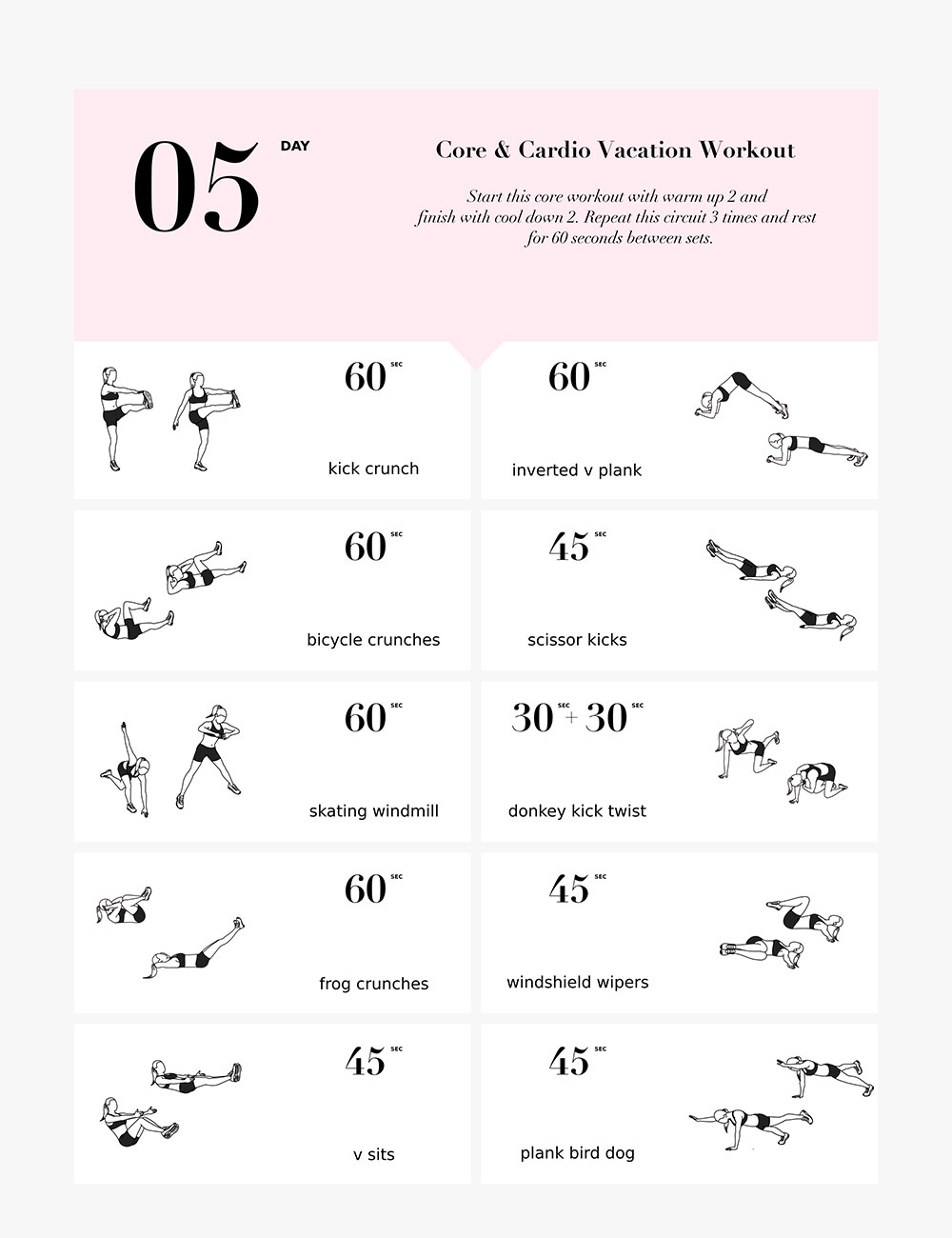
Knowing what your income will look like before you launch your own personal training business is crucial. There are several aspects to consider, including Cost of certification, Hourly rate, and taxes. A lot of work and effort is required to establish your reputation as a personal trainer.
Certification fees
To become certified, personal trainers may obtain several certifications. A majority of certifying bodies require that personal trainers have some education and experience. Certain certifications, such as those in the medical field, require that you hold a college degree. Some require you to be a specialist in a certain field.
A lifetime certification in fitness requires that personal trainers have a degree (in Kinesiology) and certifications from recognised organizations. This certification can cost anywhere from fifty dollars to one hundred dollars. The price will vary depending upon the individual needs and requirements of the trainee.
Hourly rate
The hourly rate of a private trainer will vary depending on the market and his experience. Some personal trainers charge $17 an hour, while some others charge $9 or $10. It is important to keep in mind that the time of the trainer is unpaid. It includes travel time and communication.

Personal trainers' hourly rates will vary depending on their experience, geographic location, and type of training. The rate for personal trainers in some areas can be as low at $10 an hour while they charge anywhere from $200-300 in other places.
Taxes
Personal trainers are allowed to deduct business expenses, such as books or videos that you provide for your clients. You can also deduct educational materials and expenses for continuing education. Tax season can be stressful. You may need to hire an accountant to help you make it easier.
While your paycheck is tax-deductible as such, you may not know the correct way to report income. The IRS requires you to report income on Form W-2. This form is sent by your employer. As an employee, you cannot deduct your work expenses, such as your uniform and equipment. Your employer will determine how much of your paycheck to withhold. Usually, you'll be paid minimum wage, but the gym will expect you to sell gym products and services to make money.
Career growth
The career of a personal trainer is very lucrative. This role can give you more opportunities to earn money than you might have imagined. There are many options to help you grow your career and make more. One way to increase your revenue is to become a spokesperson for a company. An additional way to increase your income, is to make your clients more willing to pay. This way, you can make as high as $24,000 per annum.
If you are passionate about helping people and fitness, a career as a personal coach might be for you. This career offers flexibility and allows you to set your hourly rate. You can also choose which clientele you want to work with. As a personal trainer, you'll have the freedom to develop your own workout programs.

Compensation
Compensation for personal trainers is a significant consideration for business owners. Personal trainers are the most costly part of owning a gym. They can easily cost 50% of your total budget. This leaves little room for other expenses and profit-generating activities. You need to decide how you will pay your personal trainer, independent contractor to make sure your business is profitable.
Location, clientele and type of business can all impact the compensation you receive. A new personal training business may not experience consistent clientele or positive cash flow for several months. Start small and be focused on what your clients need. A lower pay package may be a better option if you can only work 20 hours per week. After about a year, you can review your income and decide whether to increase your rates.
FAQ
Is it possible to look too thin?
Yes! Both eating disorders and underweight are unhealthy. It isn't normal to be smaller than your recommended height. Other symptoms include feeling tired, weak and dizzy.
Do I lose weight if I exercise?
Yes. Regular exercise will help you to lose weight by burning extra calories. Your metabolism will remain high, so you can continue to burn calories even though you're not exercising.
Is it safe to exercise when the temperature is below freezing?
Exercise outside whenever possible. You can exercise outside regardless of the weather. Also, visibility, wind speed and humidity all play a significant role. Layers of clothing are recommended to protect against wind chill and rain when exercising outdoors in inclement weather.
When I exercise, should I consume alcohol?
Consuming large quantities of alcohol can cause you to gain weight. However, moderate consumption of alcohol (one drink per day) may help improve endurance during workouts. It may also reduce fatigue and muscle aches caused by intense exercise.
What does caffeine do to my sleep?
Caffeine can affect how quickly you fall asleep, and how well you sleep. Caffeine can cause drowsiness that makes falling asleep much easier. Caffeine keeps you awake for longer periods of time, making it difficult to fall asleep again. If you drink coffee or energy drinks right before bedtime, try drinking them later in the evening instead.
Are there any exercises that I shouldn't do or should I?
Before beginning any new workout program, consult your doctor. There are some people who have medical conditions or injuries that make it difficult to exercise. You may also need special equipment or training for certain activities. Swimming, for example requires a swimming suit and access to the water.
How can exercise and nutrition help you live a healthier life?
Exercise can help you lose weight, gain muscle mass and reduce stress. Nutrition is essential for energy, sleep and mood as well as overall health. To live longer, you should eat less meat, moderate your alcohol intake, stop smoking, and get regular exercise.
Statistics
- An estimated 110,000 deaths per year could be prevented (cdc.gov)
- One study showed that adults who watch more than 4 hours of television daily had an 80% higher risk of death from cardiovascular disease. (heart.org)
- According to the Centers for Disease Control and Prevention, chronic diseases cause 7 out of 10 deaths in the U.S., and treating chronic diseases accounts for 86% of U.S. healthcare costs. (mana.md)
- In 2018, the World Health Assembly agreed on a global target to reduce physical inactivity by 15% by 2030 and align with the Sustainable Development Goals. (who.int)
External Links
How To
How to burn belly fat faster
Belly Fat is usually seen as a problem when we want to lose weight. However, Belly Fat can be beneficial if you really think about it. It's the amount of fat stored around your stomach that protects your organs from getting damaged. Let's look at how to rapidly lose belly fat.
The main factors that contribute to our body fat accumulation are stress and inactivity. The cortisol hormone stimulates stress which makes us hungry. Cortisol increases insulin levels in our blood. The insulin stores the excess calories as fat. An increased appetite can be caused by a lack of sleep. These extra calories can also be reduced by exercise
There are many different ways to reduce bellyfat. Any one of these can be tried, depending on how much you have to spend. These are some great tips to help you lose belly fat fast.
-
Reduce the amount of food you eat. Instead of eating three large meals per day, try to eat smaller meals. This will result in fewer calories.
-
Drink lots of water. Water flushes out toxins from your body and keeps you hydrated. Drinking water before meals will help you feel fuller for longer, so you don't overeat.
-
Avoid unhealthy snacks. If you're looking for quick fixes, snack foods like chips, cookies, candies, etc. Although tempting, they can be very unhealthy. These sweet treats can be tempting, but they are high in empty calories and sugar. Choose healthier alternatives such as whole grains, vegetables, fruits, seeds, nuts and seeds.
-
Strength training should be done at least three times per week. Strength training builds muscle mass that burns more calories, even when it is done while you rest. It strengthens bones and muscles, ligaments, muscles, tendons, heart, lungs, as well as joints.
-
Walk or stretch regularly. Stretching helps to improve flexibility and mobility, which reduces back pain. Walking is a great way of burning calories, especially when you do it for just 30 minutes.
-
Reduce alcohol intake. Reduce alcohol intake. Alcohol is a waste of calories and has no nutritional value.
-
You can lose weight slowly. Finding out your current weight is the first step in losing weight. Then calculate your ideal weight by adding 5% to 10% of your total body weight. Once you have established your ideal weight, reduce your daily calorie intake by 500 to 1000 calories each day until you achieve your goal.
-
Avoid processed foods. These foods are high-in salt, sugar, as well as preservatives. Even though they can be very convenient, these foods lack sufficient nutrients to support your health.
-
Don't skip breakfast! A good breakfast can improve concentration, memory, as well as energy level. Protein (like eggs), fiber and complex carbohydrates (like oatmeal) should be included in breakfast.
-
Have regular bowel movements. Constipation and irregularity can cause gas and bloating. Drink plenty of water to prevent gas and fiber ingestion.